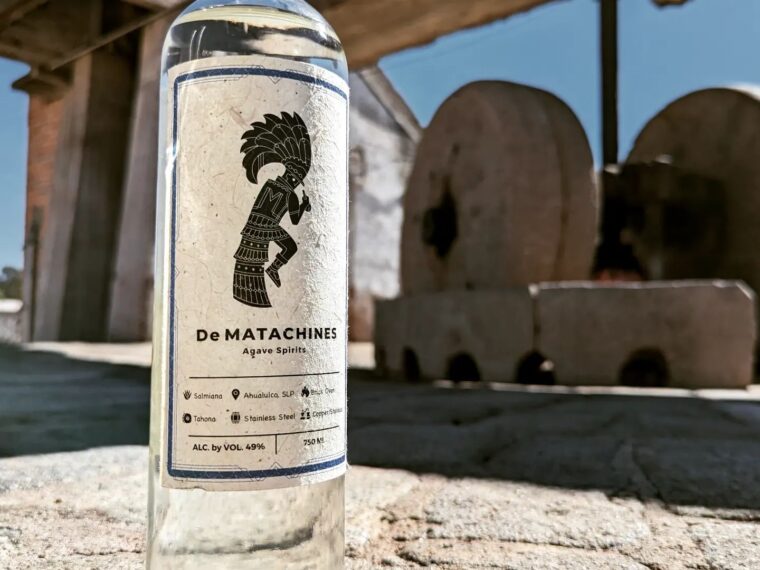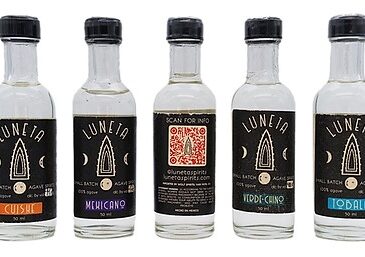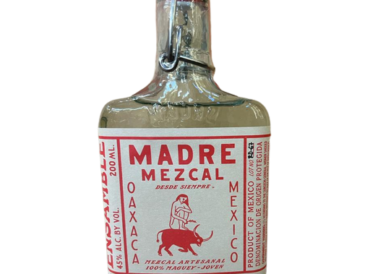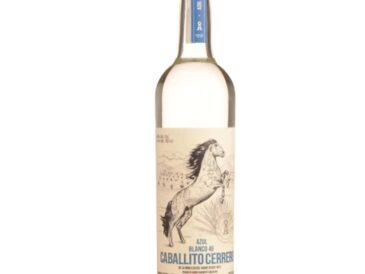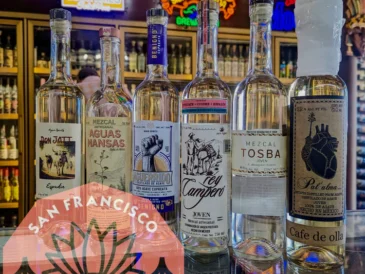In a recent interview with Darian Martyniuk, the visionary behind De Matachines, we delved into the world of his brand and the exquisite agave spirits it offers. Martyniuk graciously shared his insights, providing a deeper understanding of his passion and expertise in the field.
Crafting Excellence: Darian Martyniuk on De Matachines and the World of Agave Spirits
Can you tell us about your background and how you got involved in the agave spirits industry?
My professional background is in a variety of businesses. However, what led me to agave spirits specifically was my travel business. I had established a tour company named Spirited Mexico, where I was offering “drink and food” tours to various spirits-producing regions of Mexico, focusing on the “drink” part rather than the food – spirits (agave or otherwise), beer, and wine. I rolled out a series of tours in late 2019. However, after the pandemic hit in early 2020, I realized I would not send any travelers to rural Mexico soon. So, I worked with my contacts in the spirits bis in Mexico to find a way to work together that would help keep both sides of the equation going during the tough times that were to follow. After much thought and research, I decided the best path for me was to start a new brand, source unique spirits for export, and, as it became difficult to visit Mexico, bring a piece of Mexico here to the United States.
What makes Dematachines unique in the market?
De matachines is unique in that I offer two specific expressions to start that are hard to find in the US, namely 1. Distilled spirits from San Luis Postosi, of which few are offered here, and 2. the agave species Salmiana, which is now more widely offered here.
How do you source your agave for your spirits?
All agave are wild grown and sourced in the state of SLP, both through the local communities (ejidos) and other communities that may not produce spirits. Wild salmiana are ubiquitous in this part of Mexico, but there are few remaining producers in the area.
Can you walk us through the production process of your agave spirits?
For my Ahualulco spirit: steam cooked agave (in a brick oven similar to the traditional tequila method), tahona crushed, copper still; For Penasco, brick oven with direct fire underneath, tahona and roller mill crushed, clay pot still (campanilla style).
How do you ensure the quality and consistency of your products?
Both producers are longtime mezcaleros. The Ahualulco spirit is an incredibly consistent, larger-scale producer (for an artisanal mezcal producer, rather large), consistent as the day is long. With the Penasco spirit, the ancestral production methods can lead to a high quality but not necessarily the “same” product from batch to batch. The traditional production method is more susceptible to variations due to ambient temperature, humidity, and other factors.
What are your company’s mission and values?
How will the agave spirits industry evolve in the next few years?
I see two trends in the agave spirits market – one: incredible but difficult-to-sustain growth in the well / lower end of the market, and two: increased interest in unique, higher-end spirits, similar to the ‘whiskey boom” of the last decade or so. As a result, I predict prices at the higher end will continue to increase and that the well / cocktail side of the market will begin having difficulty meeting market demand within a few years.
What sets your brand apart from other agave spirits on the market?
My brand is set apart from other brands in that we focus on smaller producers and emerging locations that most larger brands cannot access due to their size or volume requirements. Very few brands are willing to take a chance on someone just starting or unable to provide a consistent production quantity. This is, of course, reflected in the pricing, but for the real agave nerd/connoisseur, we’re right in their sweet spot.
Can you speak to any sustainability efforts your company is making?
We strive to work with producers who emphasize sustainability and “fair trade” ideals in their efforts. However, we also understand that, at its core, pretty much ALL spirits production in places like rural Mexico is, in a certain way, not entirely a “purely sustainable” process. Sustainability goes far beyond wild agave, proper harvesting and replanting, and water use. Sustainability, as we see it in the (for lack of a better term) “developed world” outside of rural Mexico, is often, at best, a pipe dream or utterly impractical in the communities of our producers at the level we would like to see this be implemented. Still, it’s important to find producers who try their best.
What is your favorite agave spirit, and why?
The obvious answer is, MY OWN BRANDS SPIRITS! Kidding aside, though: There are too many agave spirits to choose from to pick a favorite! Generally speaking, I don’t have a particular flavor profile or region that is my favorite, but I prefer spirits from those with an interesting story about their brand, journey, history, and traditions. The richness and traditions found throughout Mexico make it impossible for a single “best” or “favorite” to be obvious, and the same goes for many of my competitors who operate with a sense of mission and solid ethics.
